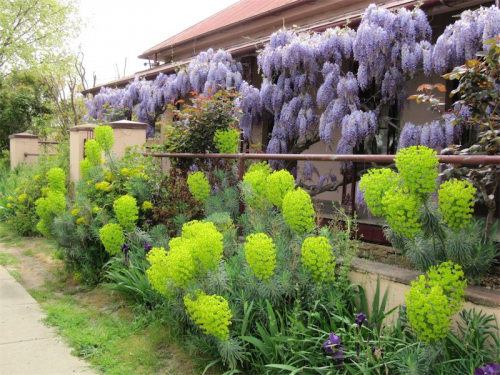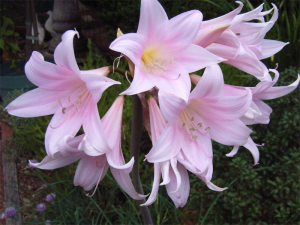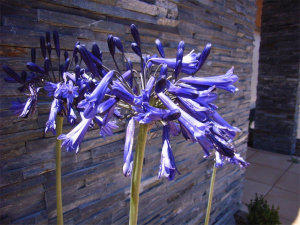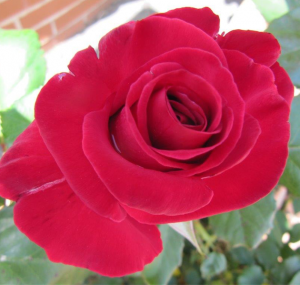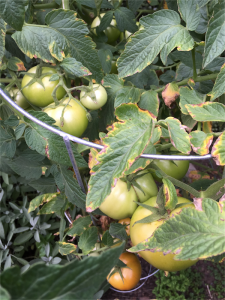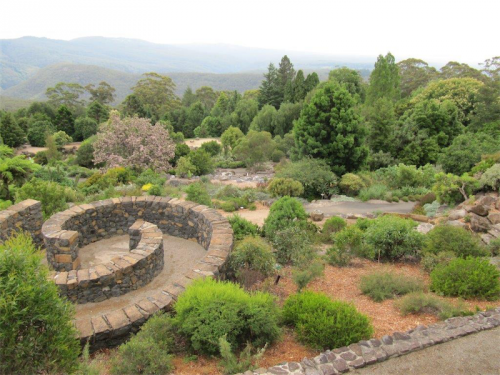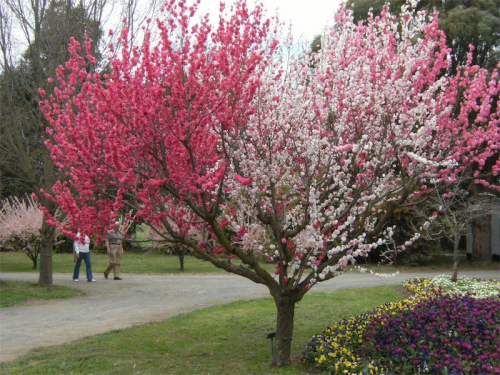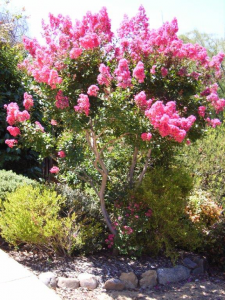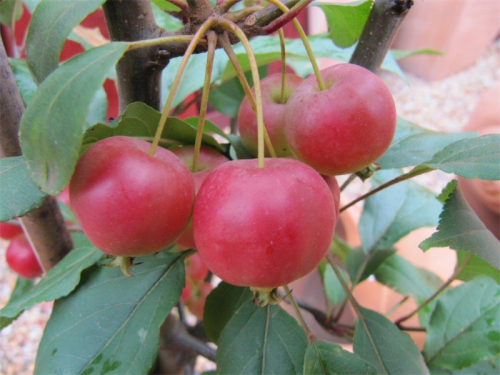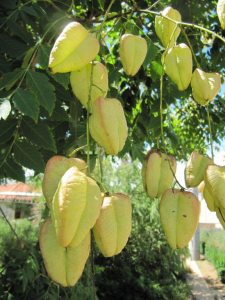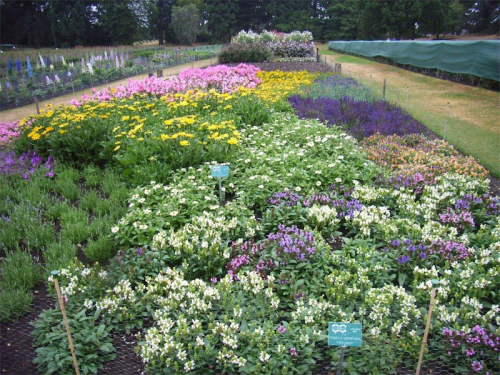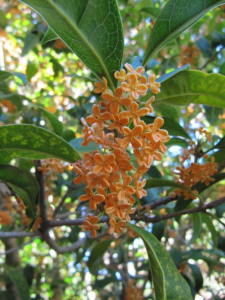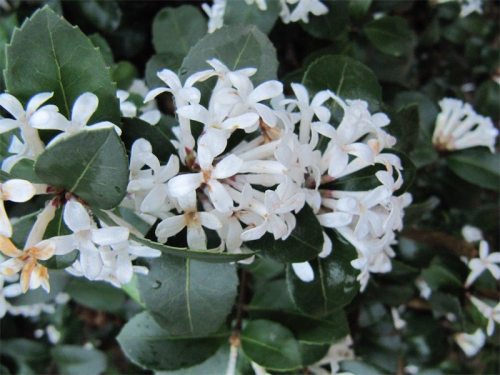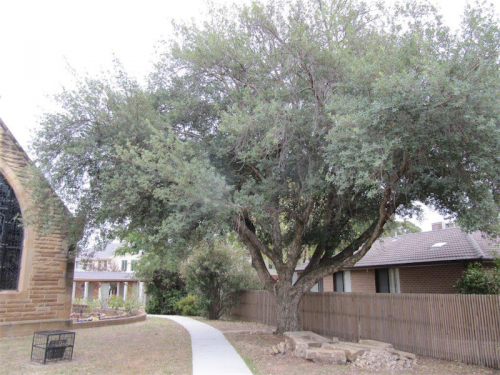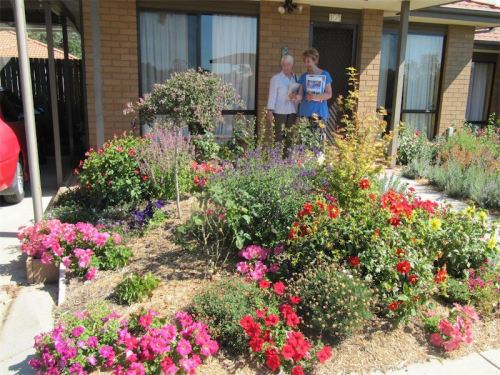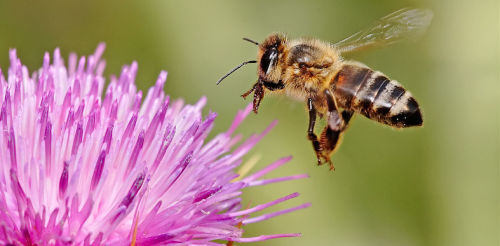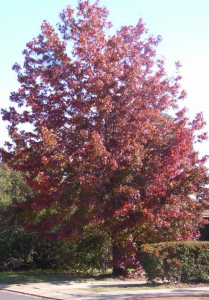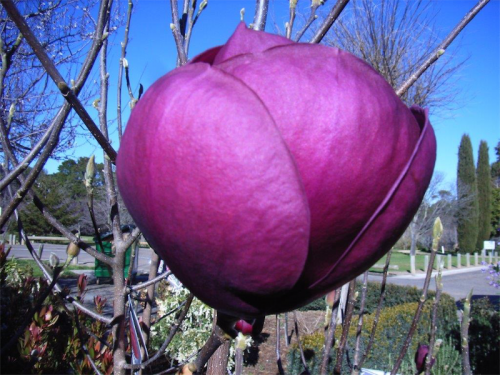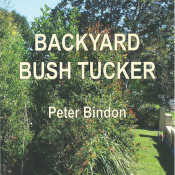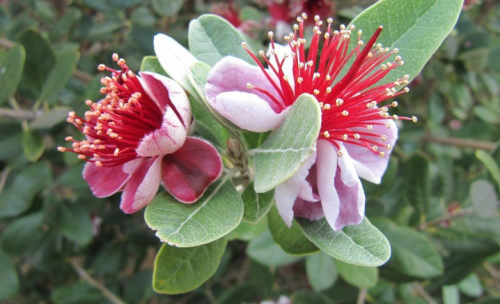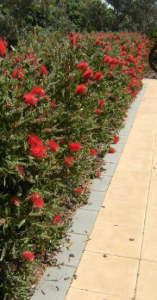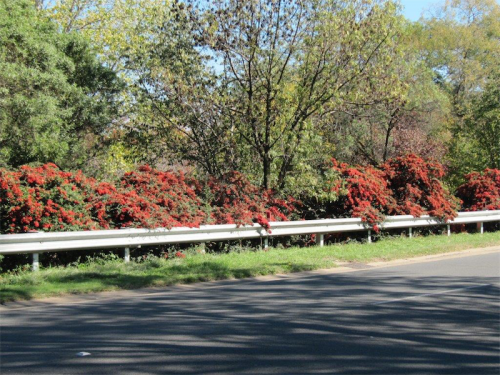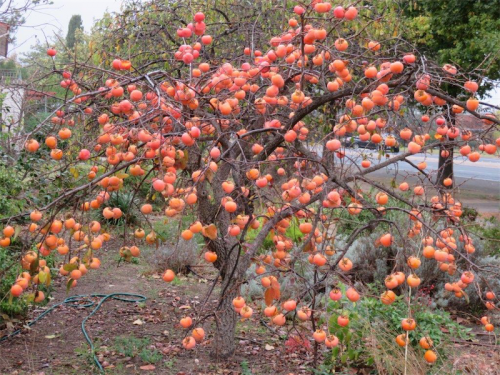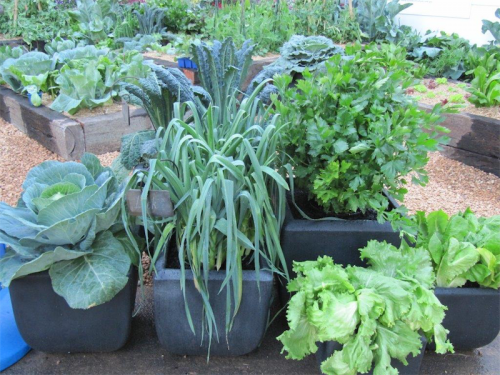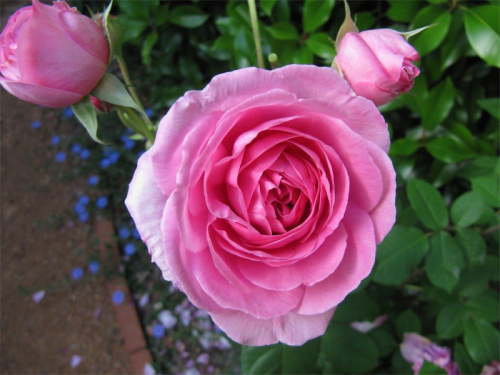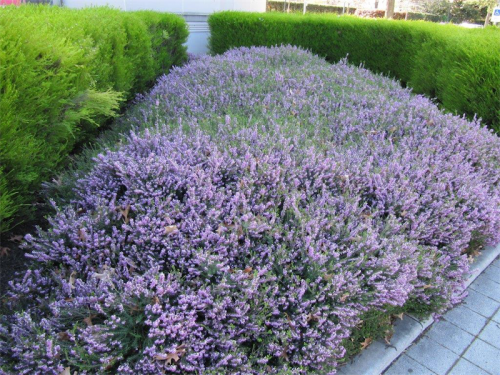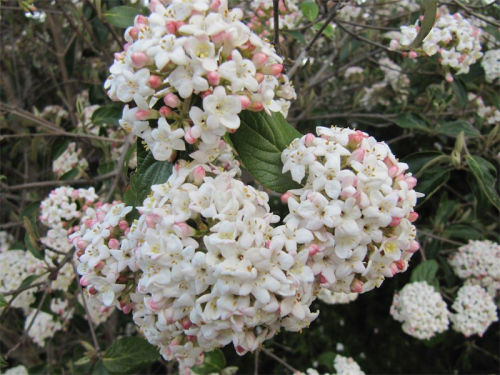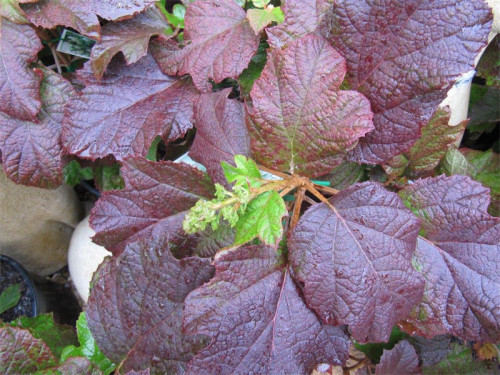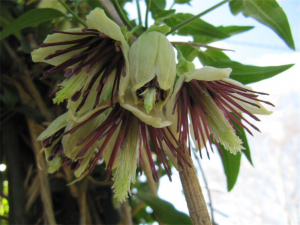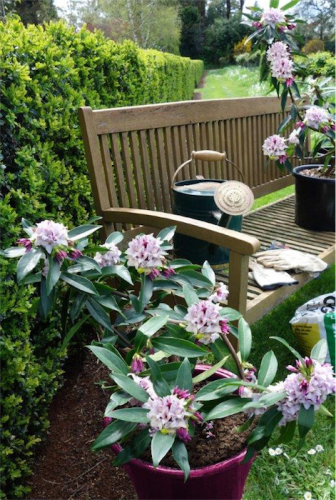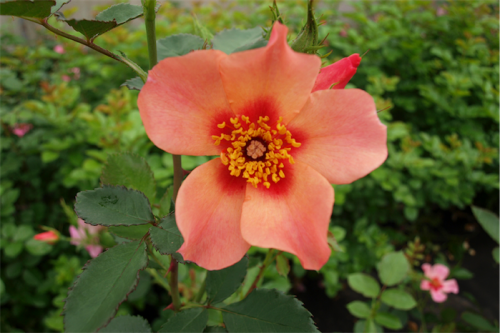How do you deal with them and when is the best time to deal with this rampant growth?
Wisteria is possibly one of the fastest climbers and now, in summer, is the time to prune.
On each long trailing stem counting from where it joins on to main stems count three leaf joints and chop.
Do this all over the vine. You will also need to do this again in winter to a lesser degree. This will reward you with more stems and flowers next spring.
ASTERS, commonly known as Michaelmas daisies, are a long-lasting autumn perennial and it’s also time to do some cutting back. Cut only about one third off and, yes, you will be cutting off lots of flower buds.
But fear not, in autumn this will result in a stunning, long-lasting display. Plus, when they have finished flowering – like all perennials – in winter you can simply dig up the clump and divide it to give you dozens of extra plants.
WITH just a month to autumn, the bulb catalogues will be arriving from mail-order houses and there will be special offers in garden magazines. While I am sure mail-order plants and bulbs are of good quality, I still recommend buying from local garden centres.
Most local garden centres have been around for a long time, surviving economic recession to drought, answering gardeners’ problems, from pests to failed plants. Buying online means you have no idea of the quality of plants or even if they survive the mail etcetera.
Bulbs are graded according to size and quality; how do you know the quality compared with visiting your local garden centre to be able to pick out the biggest and healthiest bulbs for a floral show for many years to come? My message is, support your local business and they will support you.
THE biggest temptation in extreme heat is to over-water plants.
Often they can show signs of stress in the heat of the day and out comes the hose. This is the worst thing you can do. The best time to water is in the cool of the evening and water the plants, not the soil where there are no plants.
The best method is still drip irrigation of which I am only watering once a week in our garden using this method, usually for an hour.
If you can, turn the drippers on for about ¾ hour to one hour in the morning and repeat the process for a similar time in the evening. This is known as “pulse irrigation” and allows the water to penetrate to the root zone without run-off.
There is absolutely no need to water every day and, indeed, this can actually cause the death of plants. Naturally, plants in containers will need more frequent watering.
THERE is a wide variety of plants that revel in the heat, with Amaryllis belladonna immediately coming to mind. The foliage is untroubled by animals so the plant is often used to line driveways on country properties.Its bold, bright, large, pink flowers gave it the common name of “Naked Ladies” and, while often referred to as lilies (due to the flower shape), it is in reality only a distant relative.
THEN there is the much maligned Agapanthus, commonly called “Lily of the Nile”. And yet, like Belladonna, is not a lily at all and is related to Amaryllis and native to South Africa, not Egypt.The problem is that its seeds are spread very easily and it is suggested they have spread into native bushland, although I have never seen it in plague proportions. However, it is not usually a problem in urban areas with the plant bringing a bold splash of cool blues and whites on hot days. If the seed heads are cut off immediately after flowering any seeding problem is overcome.
SOME folk positively dislike Anemone hupehensis or Japanese wind flowers, only because they multiply too fast. Once I was severely reprimanded by a reader, suggesting I had made an error in recommending this plant and expecting a correction the following week! Isn’t that what we expect of plants? If you have too many simply thin them out. For the back of the garden bed there is no flower more showy with both pink and white blooms.
The post Gardening / Time to prune those climbers appeared first on Canberra CityNews.
